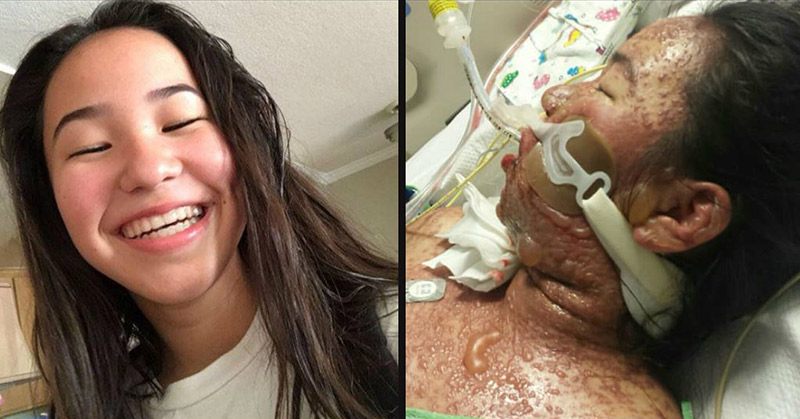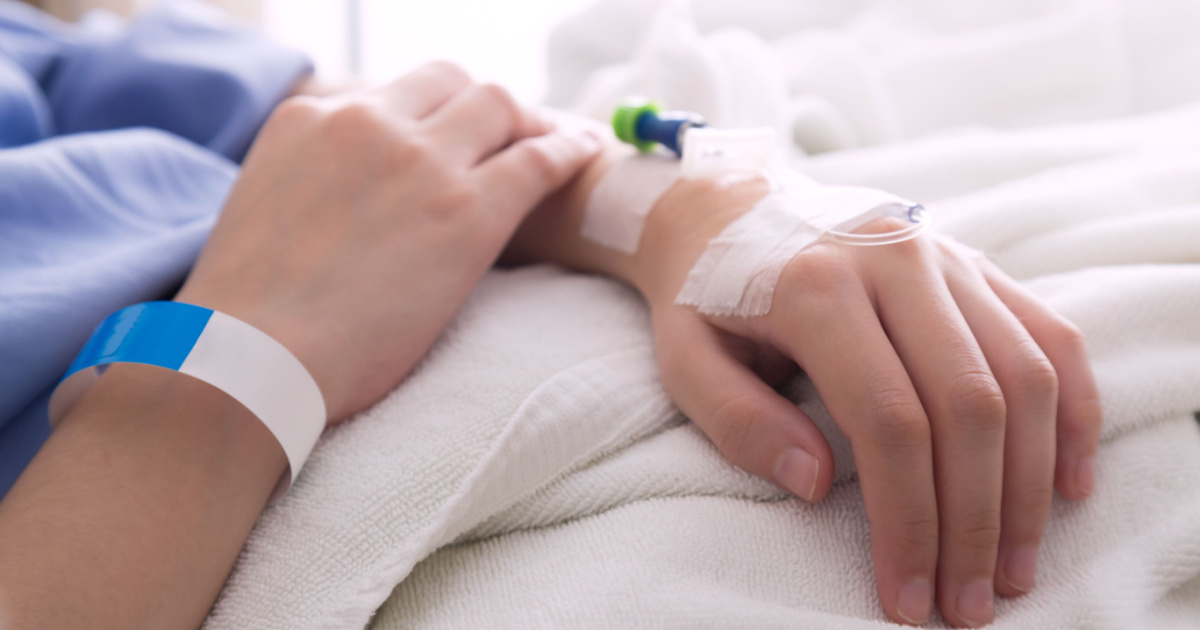“I could have died. I’m glad I didn’t”. Those are the words of 14-year-old Ashley Silverman, who found herself on the other side of a harrowing medical emergency that almost killed her.
Silverman had been experiencing mood swings, which her psychiatrist thought severe enough to treat with the prescription drug, Lamictal (lamotrigine). “I thought it was a teenager kind of thing, I didn’t know you needed meds for it, I thought everyone went through the same thing”, Silverman told FOX 11 news.
A few short months ago, the FDA updated their statement on Lamictal on their website to include a strong warning against potential deadly side effects.
“The FDA is warning that the medicine Lamictal (lamotrigine) for seizures and bipolar disorder can cause a rare but very serious reaction that excessively activates the body’s infection-fighting immune system. This can cause severe inflammation throughout the body and lead to hospitalization and death, especially if the reaction is not diagnosed and treated quickly. As a result, we are requiring a new warning about this risk be added to the prescribing information in the lamotrigine drug labels.” (2)
They’re referring to Stevens-Johnson Syndrome, a rare severe immune reaction (usually to a medication) that causes skin tissues and mucous membranes to die and shed. The FDA’s statement goes on to warn healthcare professionals, patients, and caregivers about the life-or-death importance of recognizing the symptoms early. (2)

Unfortunately, Ashley Silverman’s father, David, says he wasn’t warned about the potentially deadly risk of taking Lamictal. “The only thing I was told is that your daughter might get a little red rash on her cheeks, like a minor sunburn. That’s all I was told, there was no mention of Stevens-Johnson, I had never heard of it before.” (1)
After two weeks of taking Lamictal for her mood swings, Ashley began to show flu-like symptoms. “I woke up with a headache one morning, then the next day I had a fever that wouldn’t go down for two days,” she says. (1)
Soon, the telling rash began to develop. “At first it was just spots on my face, then they got down my neck, then my chest, and then it started to bubble. I felt burning a lot and I couldn’t move and I couldn’t see, I thought I was gonna die.” (1)
Ashley was hurried to La County/ USC Medical Center where she was treated in the burn unit intensive care unit for two weeks. Her father shared the disturbing pictures of her hospital visit, in hopes of spreading awareness about Stevens-Johnson Syndrome and its link to Lamictal. (1)
So, what should the public know about Stevens-Johnson Syndrome (SJS)?
SJS is an exaggerated immune system response which is commonly triggered by medications including allopurinol, anti-epileptics, pain relievers, cancer therapies, and antibiotics. It can also be triggered by infections like pneumonia, hepatitis A, and herpes virus. The immune response can occur up to 2 weeks after the body is exposed to the trigger, which makes it difficult to diagnose, coupled with the fact that its early symptoms can be mistaken for other common conditions. (3)
Symptoms include:
- Fever
- Body aches
- Coughing
- Fatigue
- Red or purple rash appearing after 1-3 days
- Blisters
- Trouble swallowing or breathing
About 1 in 10 people with SJS die from organ failure, suffocation, sepsis, or complications from the necrotizing skin tissue. This jumps to almost 1 in 3 people in severe cases of SJS (ie. TEN). (3)
Ashley’s school district released a statement in response to the circulating photos, saying “We are extremely alarmed by these photos and are fully investigating this matter. The safety and wellbeing of all students remain our top priority”. Silverman’s psychiatrist operated in a clinic that provides services to the school district’s students. (1)
While it would be understandable to be outraged at Silverman’s psychiatrist for failing to sufficiently warn her about the risks of the prescription, David Silverman says he harbors no ill feelings. “I don’t think he’s a malicious guy. I think he’s just not informed.”
In fact, David recalls that the psychiatrist visited Ashley while she was staying in the ICU. “He just stood in amazement and said ‘I’ll take full responsibility for this, it’s my mistake’” the psychiatrist told FOX 11 News that his office was in the process of amending the warning they give to parents about the drug. (1)
When should you be worried about mood swings in adolescents?
Ashley Silverman’s story brings up another very important issue: mental health in children and teens. It’s an awful thing for a young person to have to fight for their life because of a drug, but it’s just as bad to have them suffer alone with a mental health condition.
While going through puberty is notorious for bringing mood swings, it’s important for parents and caregivers to recognize the signs that there’s more to their adolescent’s ups and downs than normal development.
Stanford Children’s Health lists these as signs of potential mood disorder in children and adolescents: (4)
- Persistent sadness
- Hopelessness
- Low self-esteem, feelings of inadequacy, feelings of rejection
- Strong sense of guilt
- Suicidal thoughts
- Disinterest in usual activities
- Trouble maintaining relationships
- Changes in appetite and sleep
- Difficulty concentrating and making decisions
- Often complaining of physical illness (stomachaches, headaches)
- Running away from home
- Irritable, hostile, or aggressive
Dr. Nadja N. Reilly of Harvard Mental Health Letter also offers some helpful rule of thumb to keep in mind when it comes to adolescent mental health. To help make sense of what can be a very grey area, she recommends watching out for 3 key red flags: (5)
- Severity: How pronounced are symptoms of mood swings, changes in sleeping or eating behaviors, thoughts of hopelessness and low self-esteem?
- Duration: Are changes lasting more than 2 weeks?
- Domains: Mood changes aren’t specific to one situation (for example, acting out at school, but behaving normally at home)
Sources
- “Stevens-Johnson syndrome.” Rare Diseases
- “Mood Disorders in Teens.” Stanford Children
- “Distinguishing depression from normal adolescent mood swings.” Harvard. Ann MacDonald. September 13, 2010.
- “Medical board launches investigation after teen’s skin ‘melts’ off in severe reaction to medication.” KTVU. Bill Melugin,. March 12, 2019.

